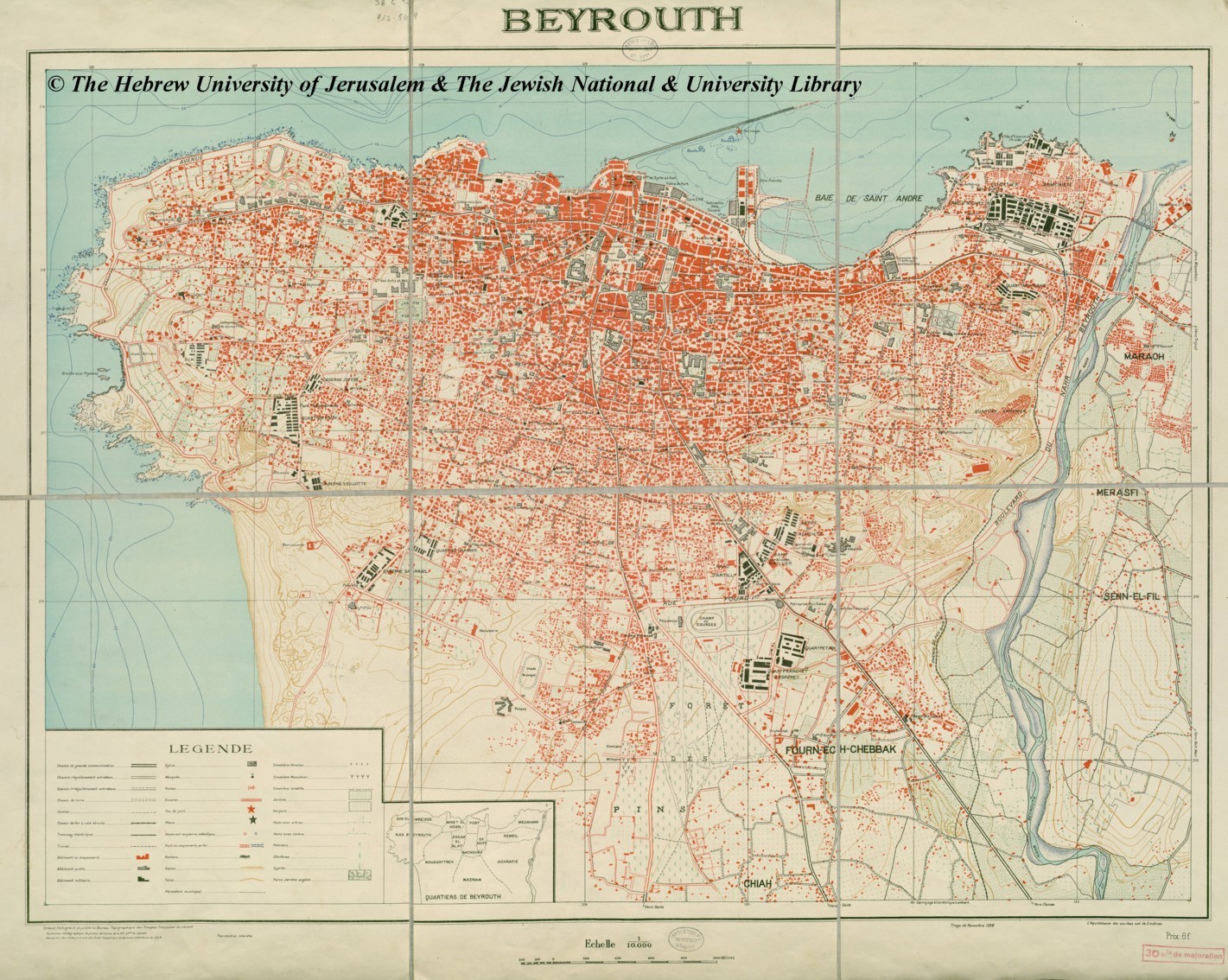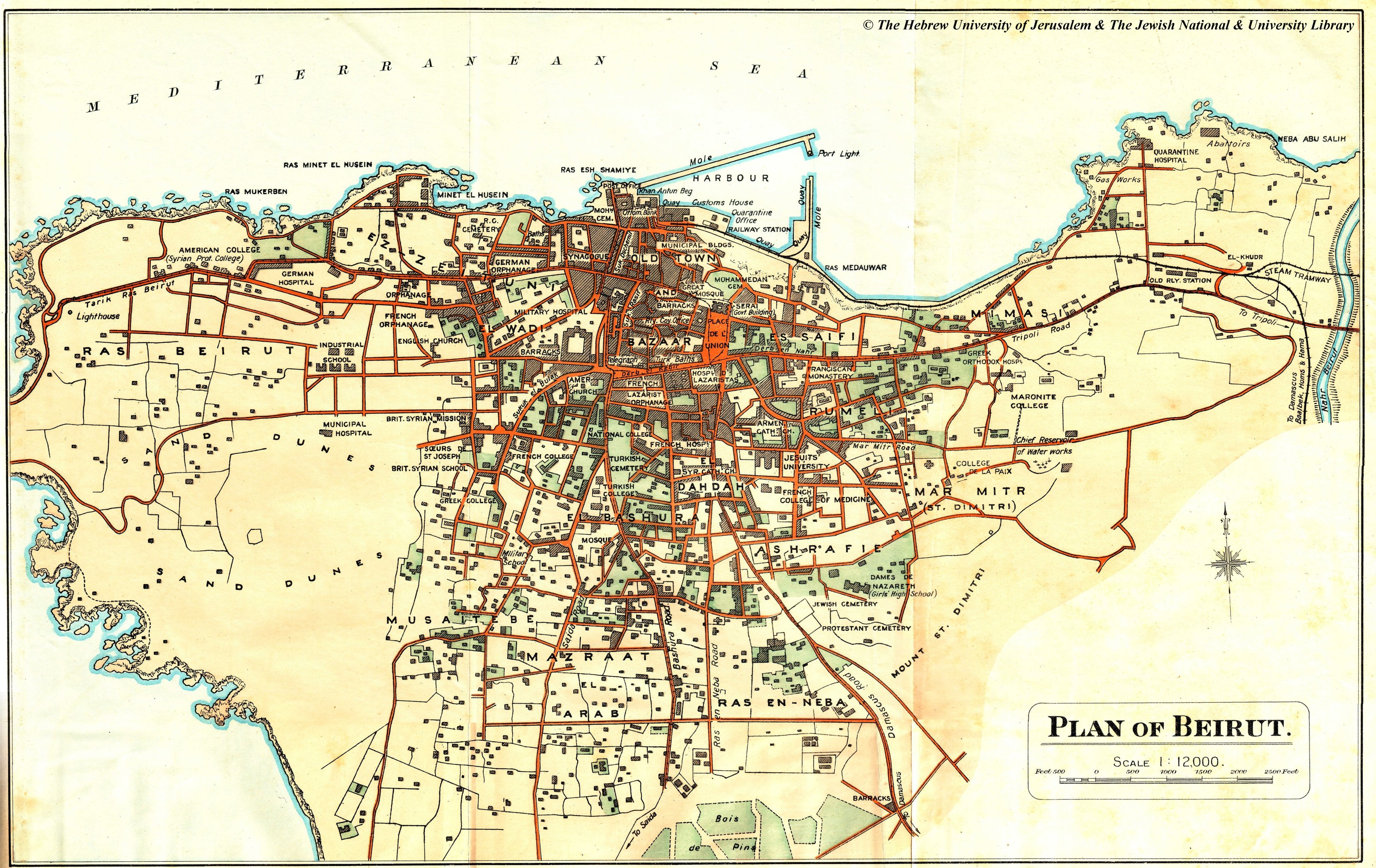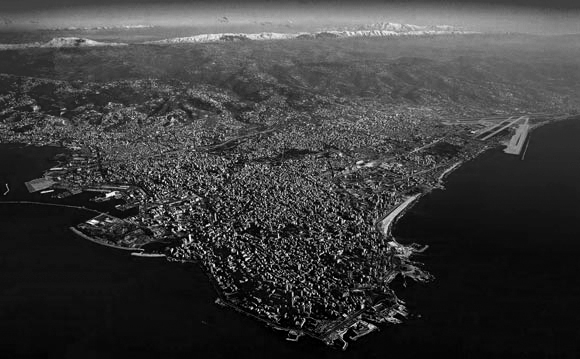If Michel Ecochard were alive today to see his beloved Beirut, he would arguably want to drop dead on the spot. Beginning in the 1930s, the French architect and urban planner worked for some 30 years in Lebanon and the region. He had especially high hopes for Beirut, as it was blessed with what he called, “One of the most beautiful sites in the world.”
In 1943, he was asked to produce an urban blueprint that could accommodate Beirut’s future growth. Taking into account the city’s existing character and natural setting, he proposed strict zoning, a modern infrastructure to cope with the growing popularity of the car, and a string of gardens and parks as the city’s green lungs.
Today, the AUB campus and Sanayeh Garden offer a rare glimpse of what Beirut could have been, while the city’s ever increasing traffic jams echo the fact that Ecochard’s plan was never approved in Parliament. Not surprisingly, the most vocal opposition stemmed from Beirut’s property owners and landed elite.
The situation did not improve following World War II. The newly independent “merchant republic” under the presidencies of Camille Chamoun and Bechara Khoury were neoliberal avant la lettre, in the sense that the state was to stay out of social and economic affairs in order not to hamper the private sector’s potential to generate profit. Urban planning was among the least of its concerns.
Having worked in such cities as Casablanca, Damascus and Aleppo, Ecochard returned in 1961 when President Fouad Chehab asked him to again produce a master plan for Greater Beirut. Despite his earlier disappointment, Ecochard accepted. “Beirut can still be saved, but action must be taken immediately,” he said. Again, Ecochard called for zoning, the creation and protection of green spaces and an improved infrastructure. He also proposed building government cities to decongest the capital, and social housing schemes for east and south Beirut to raise the living standards among the many new arrivals in search of a better future. Finally, he advocated strict building regulations to discourage speculation. Again, his plan came to nothing. Parliament, in 1964, adopted a watered down version of his proposal, in which some industrial zoning remained and construction along beaches was (temporarily) frozen.
Ecochard disassociated himself from the plan and soon after left the country. Contrary to what many Lebanese think, the urban chaos that characterizes Beirut today has not been the result of 15 years of Civil War. Ecochard was hardly the only planner that tried to tame Beirut. Before him, there was 1930s French urbanist Rene Danger. After him there were Greek, Swiss and homegrown plans. The problem was that, time and time again, plans were compromised or shelved entirely. In other words, the lack of urban planning dates straight back to Lebanon’s independence in 1948, and is directly linked with the impotence of the Lebanese state. “[Ultimately,] Beirut’s urban landscape symbolizes the difficulty of the state to affirm its authority,” concludes modern urban historian Eric Verdeill in his book ‘Beyrouth et Ses Urbanistes’.
The consequences of this inability are plenty. The lack of proper public transport and the ever increasing fleet of wheels, for example, is strangling the city. There are hardly any parks and there is little or no sense of social, aesthetic or historic value, as everything is measured by the mighty $-sign. As a result, Beirut’s cultural heritage is rapidly making way for ever higher high-rise that makes you wonder: what ever happened to the art of architecture?
A recent low point on a long list of urban disasters was the adoption of the 2004 building law. While in the 1960s a building was allowed to be only as high as 1.5 times the width of a street it faced, since 2004 it can be 2.5 times the street’s width. This change prompted a forest of towers to be erected everywhere, even along the Corniche. While most are a slap in the face of beauty, they also have disastrous consequences for the city’s air and traffic circulation.
“It was the private domain… that invaded the public domain and hacked away at its flailing carcass,” wrote the late Samir Kassir in summing up the sad history of urban planning in his book ‘Beirut’. “The metropolitan area was little more than a mass of infringements and trespasses against the ability to breathe that is no less essential to a city than a person.”
Sweet dreams, Monsieur Ecochard.
[Editor’s Note: This article was featured on the Executive’s website (www.executive-magazine.com) on 29 May 2013]




Share your thoughts